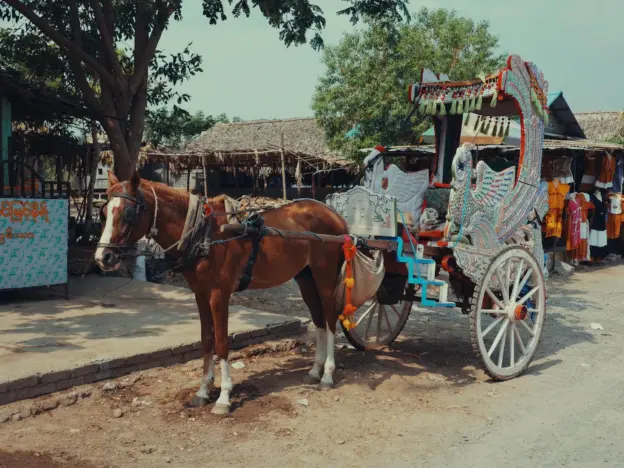Intro
Also called Deccani, the Bhimthadi Horse has a history that is entwined with the Maratha empire, named for the Bhima river basin (or the Deccan Plateau, depending who you ask) where they originally came from. Recently recognized by the Indian as a separate breed and can be found in Pune, Solapur, Satara and Ahmadnagar districts of Maharashtra.
Origins
Originally bred during the 17th and 18th centuries by crossing Arabian and Turkoman breeds with local ponies. Bred as cavalry mounts, the Bhimthadi is one of the reasons the Maratha cavalry was feared. They were sturdy, able to travel long distanced on poor fodder and could carry heavy loads for their size.
As the Maratha confederacy declined and with the British rule new breeds imported, the Bhimthadi began to fall out of fashion. They were still used by shepherds and tourist mounts, as their small size lumped them with country bred ponies.
Saving Grace
In 2010 the Gujarat government took steps to research the Bhimthadi, among other local breeds in the hopes of preserving their genetics. Later in 2023 the Breed Registration Committee of the Indian Council of Agricultural Research (ICAR) officially recognized the Bhimthadi horse. The goal is to promote good breeding practices and give the breed a future.
Features
Average height 12.5-12.8 hands
Physique
Conformation varies due to unregulated breeding practices
Traditional Colors
Primarily chestnut, but found in most solid colors
Temperament
Calm and obedient
Use
Transportation
Pack animal
Cart horse
